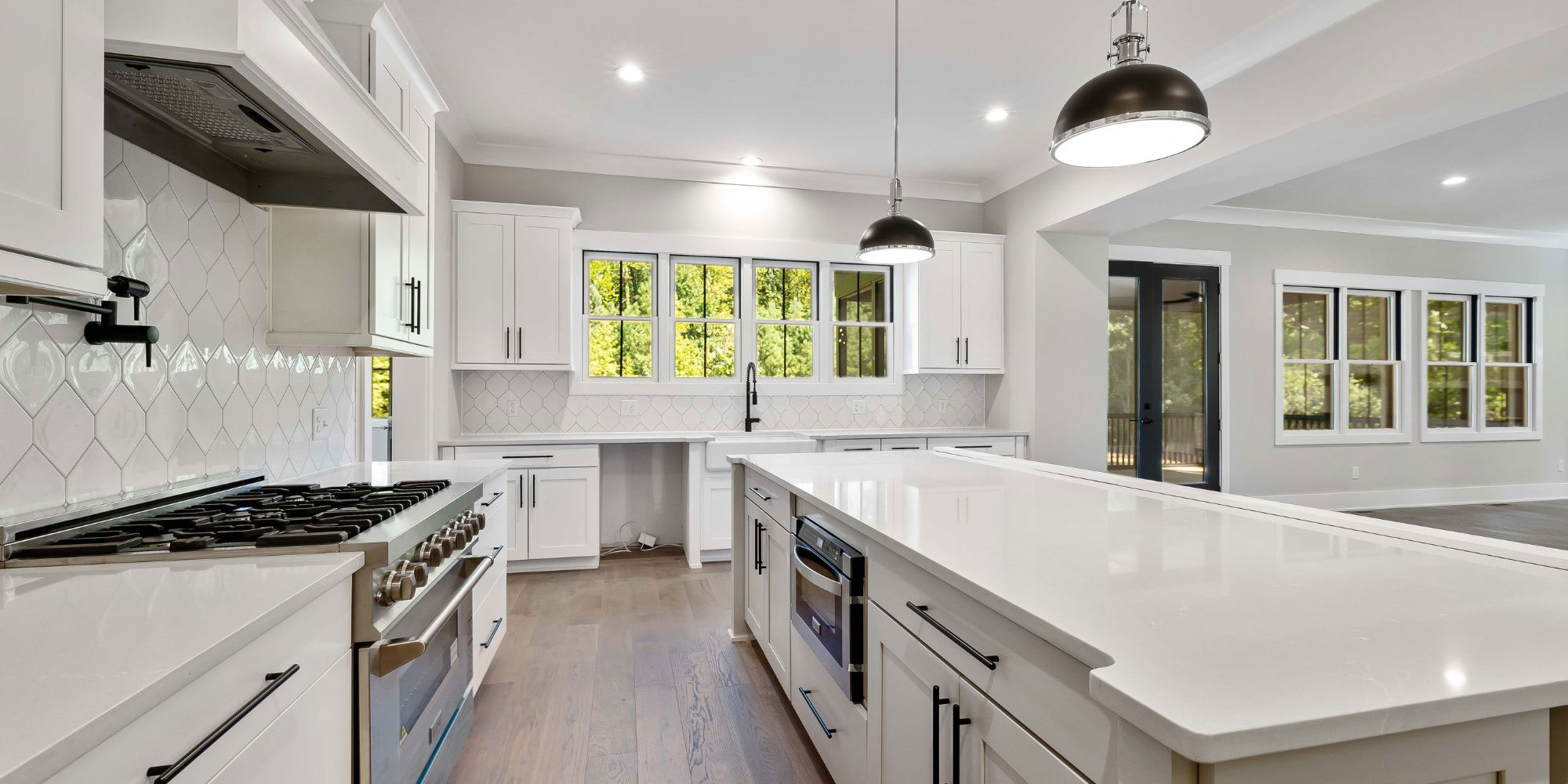What Can You do to Your Property With No Planning Permission?
When you decide to start making changes to your home, the first thing that comes to mind is ‘Do I need permission for this?’
Fortunately, there are many things you can do without any planning permission at all. After all, you did buy your property, so it does belong to you.
There are many reasons you might want to make changes to your home. You may want more space for a growing family, you may have run out of storage, or you might need office space for a new small business venture.
Of course, there are restrictions on the right to a PD, especially if you live in the Conservation Area or if you have already made numerous changes to your home. Larger and more significant projects or adding large extensions will require planning approval. Always check everything before you start working to avoid inconvenience.
Whatever your reason, here are some developments you can do without having any permission from the powers that be.
Internal remodelling
If you wish to develop the inside of your home, you can do so long as the development doesn’t involve the expansion of space. However, you will need Building Regulations approval for structural elements and electrical work.
Windows and doors
You do not need permission to move, replace or add new windows to the original walls of your home. So long as you don’t live in a listed building same goes for double-glazing. Bay windows, however, will require permission, as they are considered an extension. You may need planning permission to add or replace windows if the conditions were attached to the original permission, in which case it is a good idea to check with local authorities what the conditions are.
Loft conversion
You won’t need planning permission to get extra space by converting a loft. Loft conversions are a great way to create more space in your home for a bedroom or lounge area. A dormer window also does not require permission. But they must not sit more than the highest part of the existing roof or extend towards the plane of the roof at the main elevation.

